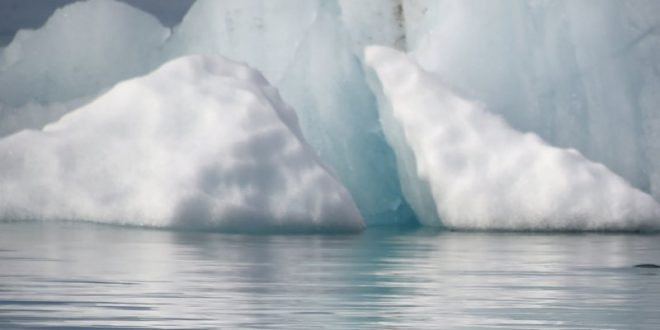History was made on the weather front in 2016 when it became the warmest year on record. Multiple climate-related records were broken last year, according to the annual climate statement of the UN’s weather agency, the World Meteorological Organisation (WMO).
According to the WMO’s new report, 2016 – the same year world leaders signed the historic Paris Agreement on climate change – was 1.1 °C above the pre-industrial period. That number is 0.06 °C above the previous record set in 2015.
Carbon dioxide in the atmosphere again reached record highs, while sea surface temperatures were the warmest on record. Warm oceans also contributed to “significant coral bleaching and mortality”.
2016 also saw severe drought in southern Africa and significant flooding in China’s Yangtze basin, while extreme heat was recorded in areas such as south Asia and parts of the Middle East.
As well as the impact of long-term climate change, 2016 was significantly warmer as a consequence of a major El Niño event.
El Niño also meant global sea levels ‘rose very strongly’, while an ‘unprecedented anomaly’ – more than 4 million km2 below average – was recorded in the global sea ice level in November.
The WMO report also warns that extreme climate conditions are continuing into this yer.
The Arctic has experienced the ‘Polar equivalent of a heatwave’ at least three times this winter.
Thousands of warm temperature records were broken or tied in the US last month, while other parts of the world – such as North Africa and the Arabian peninsula – were unusually cold in the first months of this year.
World Climate Research Programme Director David Carlson said: “Even without a strong El Niño in 2017, we are seeing other remarkable changes across the planet that are challenging the limits of our understanding of the climate system.
“We are now in truly uncharted territory,” he added.
Agencies/Canadajournal
 Canada Journal – News of the World Articles and videos to bring you the biggest Canadian news stories from across the country every day
Canada Journal – News of the World Articles and videos to bring you the biggest Canadian news stories from across the country every day



